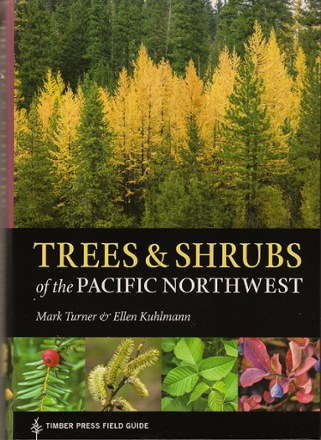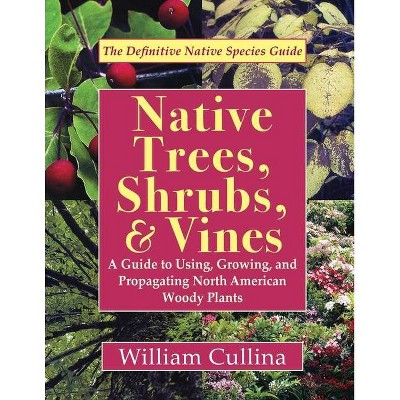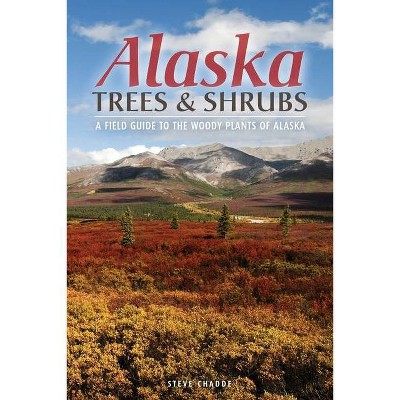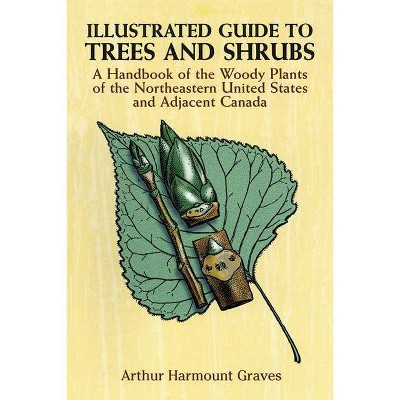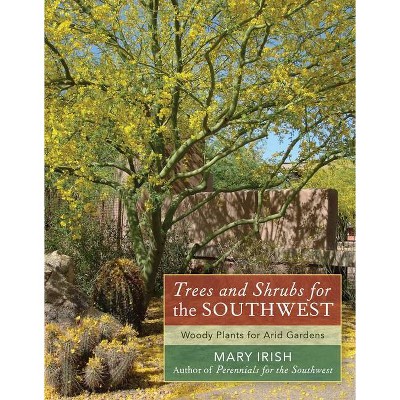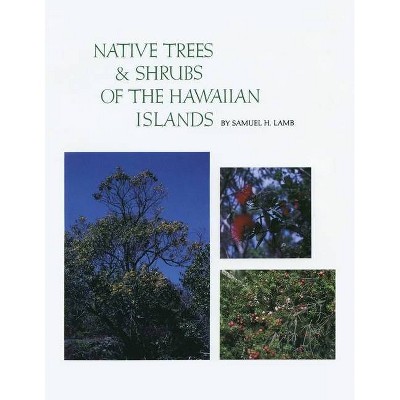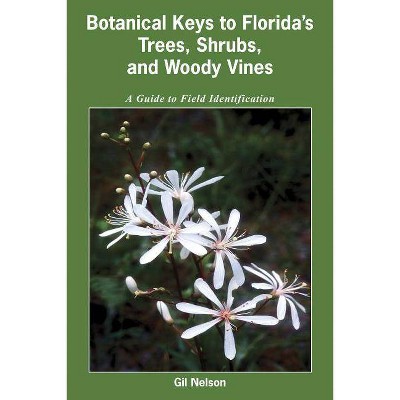Useful Trees and Shrubs in Dryland Permaculture - by Keller Horton (Paperback)
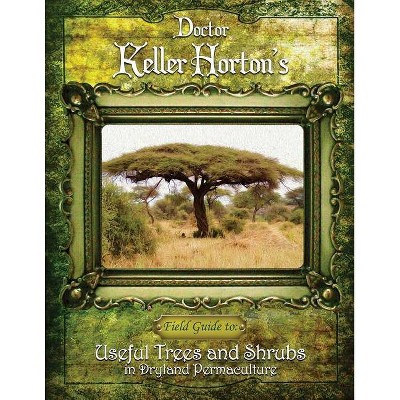
Similar Products
Products of same category from the store
AllProduct info
<p/><br></br><p><b> Book Synopsis </b></p></br></br>The reason I wrote this book is simple. There are so many of us in permaculture who still have trouble remembering which leaves, seeds, seed pods, flowers, and general tree shapes belong to some of the important Nitrogen Fixers and other trees that are often used in dryland permaculture. I also included several trees that most permaculture folks like to use due to their usefulness in producing foods, medicines, and for attracting beneficial insects. For those of you who don't yet know, a Nitrogen Fixer is a tree or plant that has little nodules on its roots that house a very wonderful type of bacteria. This bacteria actually converts the Nitrogen from our air into deep, ground-penetrating fertilizer, and the leaves of these plants and trees are also an excellent source of high nitrogen fertilizer! Imagine what these wonderful plants can do for any soil that has become completely dead and useless. Their use is one of the cornerstones of permaculture. When used correctly, the Nitrogen Fixers and other trees in this book will provide nutrients and shade for a plethora of fruits, nuts and vegetables on your land. Another important factor I address in this book is whether or not your goats, sheep, or even pigs, can eat these plants in order to bring down the cost of feeding your animals. Furthermore, I wanted to inform the readers, in the quickest way possible, about the cold/heat hardiness, shade provision, and a few pertinent facts about their horticulture, food production and other uses in a farm setting. One last important item. I wanted this book to be eye catching and beautiful. I want your friends to pick it up and ask you questions about permaculture. When you design a permaculture site I want you to remember that you are creating a gorgeous food forest that pays homage to the millions of forests that our earth has created all on its own. It's our job to creatively follow the earth's design principles rather than fight against them. Thank you and enjoy.<p/><br></br><p><b> About the Author </b></p></br></br>Doctor Keller Horton is not a medical doctor. He comes from a background of thirty five years in education and curriculum design. During that time he also completed his Master's Degree specializing in Environmental Law and Regional Design Methodologies for Development in Lower Income Countries. Dr. Horton has over 50 years of gardening experience. His lessons began early in life with his parents and both sets of grandparents on farms in West Texas. He caught the Permaculture, "bug" while doing You Tube research on aquaculture greenhouses. While watching a video on aquaculture, a mysterious thumbnail video title appeared on the right side of the screen. The title simply read, "Greening the Desert". The temptation to click on that video was unbearable. When he watched the video, an entire new world of creating self-sustaining food forests was revealed. Twenty-seven books and 100 videos later he decided to enroll in the fantastic permaculture course offered by the Permaculture Research Institute in Jordan. Yes, Jordan, in the Middle East where the Jordan river separates the nation of Israel from the Hashemite Kingdom of Jordan. The course site was located right within one of the hottest, driest, most rocky, and inhospitable spots you could ever imagine on Planet Earth.
Price History
Price Archive shows prices from various stores, lets you see history and find the cheapest. There is no actual sale on the website. For all support, inquiry and suggestion messagescommunication@pricearchive.us
